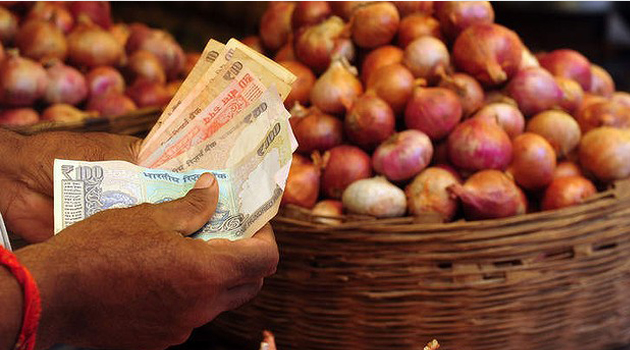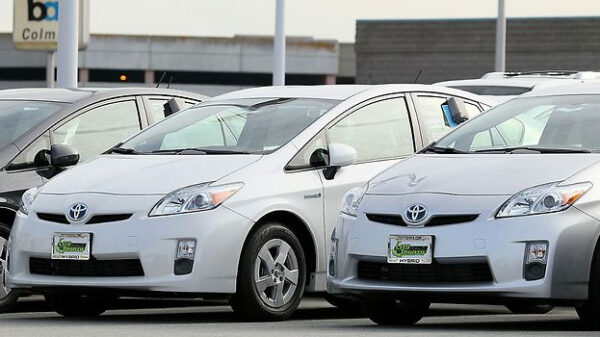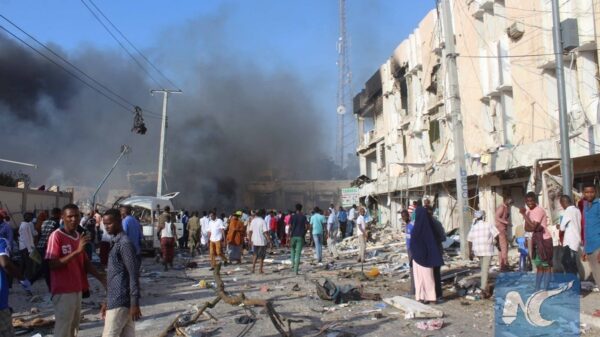A source who spoke to Capital Business on condition of anonymity said that the leak which was discovered last week meant that no transfer of Liquefied Petroleum Gas (LPG) took place resulting in the supply hitch.
“A transfer line from the refinery developed a leak early last week soon after we were out of product,” the source explained.
KPRL General Manager John Mruttu however maintained that operations at the refinery, which produces about 30 percent of the gas consumed in the country, have been running normally for the last six months.
Mruttu added that they have some 500 tonnes of LPG in stock and have been pumping the product to depots belonging to various distributors in Mombasa.
Distributors such as National Oil Corporation and Total Kenya disclosed that they have the product in most of their stations with some outlets having received supplies as recently as Monday.
An official at Total Kenya who did not want to be quoted also added that where the commodity is available, they have maintained their prices at Sh2,500 for a 13 kilogram cylinder.
“As National Oil, we do not have a shortage. We have been filling our cylinders from our new mini filling facility for our distribution to our stations,” explained Managing Director Sumayya Hassan-Athmani.
These revelations bring to the fore possibilities that there are some market players who have been taking advantage of the hitch to hoard and raise prices.
Where available, some Nairobi residents have been paying as much as Sh3,800 for the 13kg cylinder causing a public outcry.
Hoarding is one of the challenges that the country which suffers from perennial LPG shortage faces largely due to distribution and storage infrastructure constrains.
The lack of adequate storage facilities for instance means that only about 2,000 Metric Tonnes (MT) of LPG is imported at a time.
If there is any delay for instance, this is immediately felt in the market whose total storage capacity including the facilities of the oil marketers is about 1,200 MT.
This is against an estimated demand of 8,000 MT per month, which translates into prohibitive cost of cooking gas which hinders about 90 percent of the population from consuming the cleaner fuel.
Compared to other countries in Africa, the usage in Kenya is also very low with the average LPG consumption standing at two kilograms per person per year compared to nine kilograms in Ivory Coast and 10kg in Senegal.
Until these infrastructural challenges are addressed, Kenyans will continue to ‘live from hand-to mouth’ when it comes to cooking gas.
The country will for instance be waiting eagerly for two vessels which are currently waiting to berth to discharge their products and have the same transported to the various outlets across the country.



































